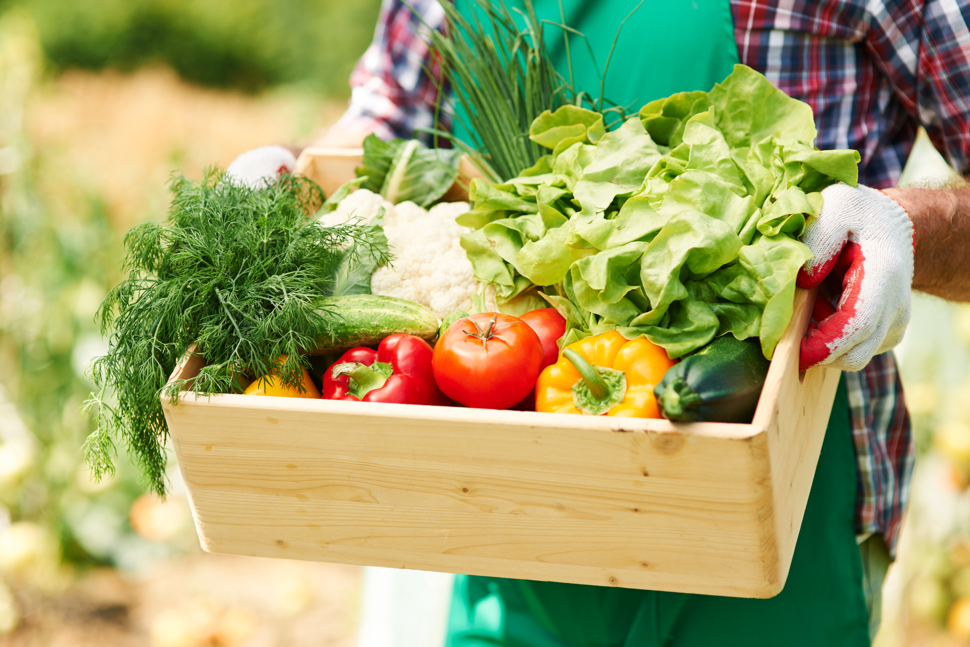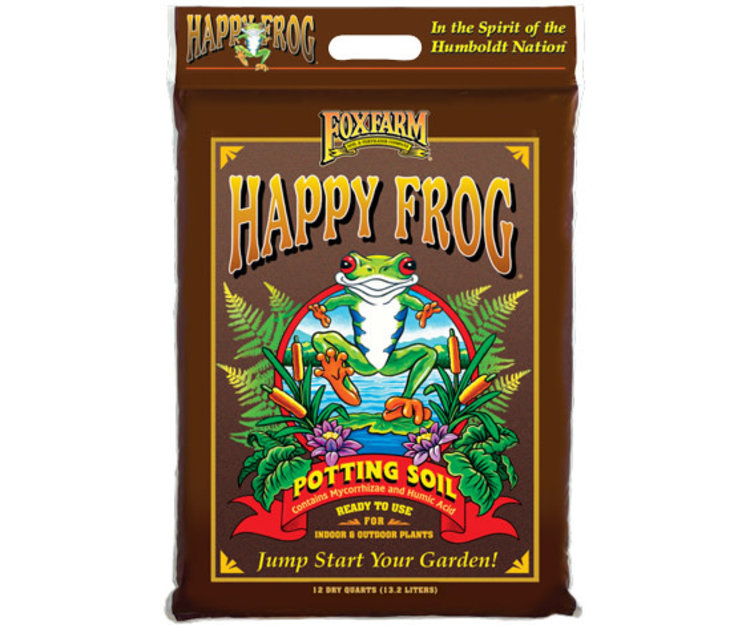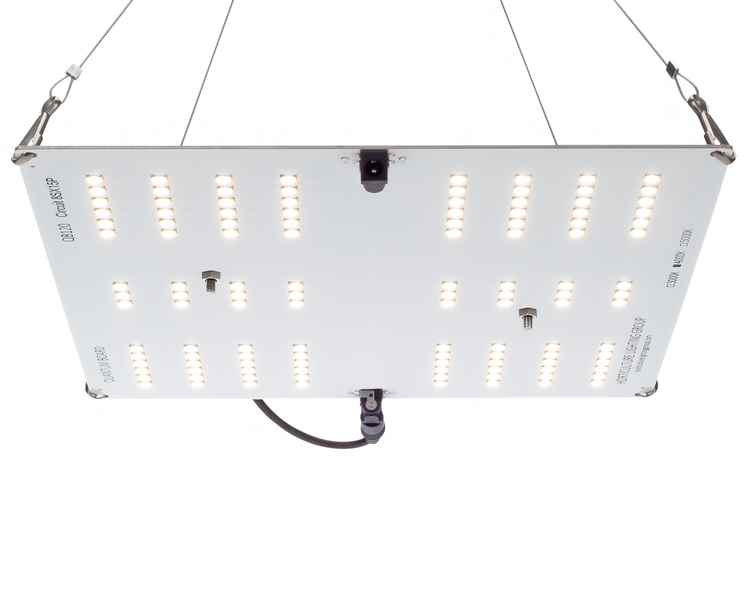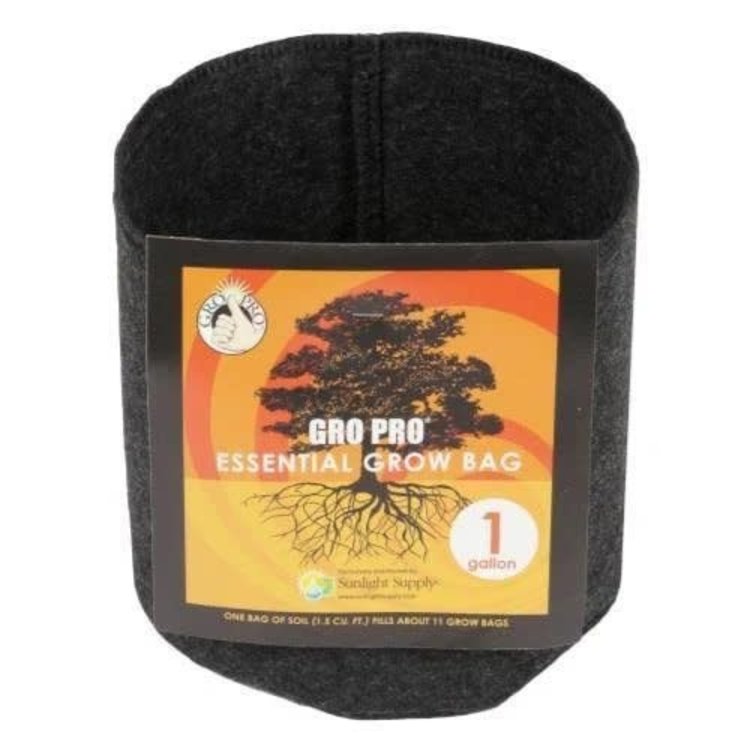6 Items to Start Growing Your Own Food

It's hard not to love the idea of growing your own food. Visions of a perfectly manicured raised garden in your backyard are romantic; You in a floppy hat, garden trowel hanging from your tool belt, breathing in that crisp morning air, watching the bees move gracefully from plant-to-plant, pollinating as they go.
Your thoughts then go to lower grocery bills, the freshest produce possible and complete control over the safety of your food supply. But then your mind wanders to more practical issues like, what equipment do I need? How much will this cost? Do I have enough space? I've never grown before. Where do I even start? These are all valid questions and very important ones, at that. The simple answer is that ANYONE can grow their own food and starting out can be both easy and affordable.
Start Small
Our best advice for the first-time grower is to start small. Learn as you go and do it in a way that allows you to be at least somewhat successful on your first try. Don't attempt to run a full scale farm with perpetual harvests in your 3/4 acre backyard on day 1! Start out with a plant or two, maybe even 10.
Control as many variables as possible so that you can easily identify where you may be having issues. Just like with anything else, you need to have a baseline - a starting point. Once you find that initial success, you can build off of it and begin experimenting by adjusting different variables.
The options for getting started are endless, and frankly, overwhelming. So, we've tried to create a package of just 6 products for less than $150 (complete package available here) that will help the novice gardener hit their stride right away. What's more, this setup removes some of the more challenging parts of gardening which involve the weather and soil conditions. Rather, it is intended to be used fully indoors, improving your chances of success on the first try. If you start with one plant, you need no more than a space 2 feet wide by 2 feet long by 4 feet high.
Seeds

If you're going to grow your own food, you'll need something to grow. You can either buy transplants (small plants that already have roots) or seeds. We'd suggest starting with seeds so you can have the learning experience of watching them grow roots and then sprout. Pick something that makes you hungry when you think about it. It may be tempting to start with some Atomic Grape Tomatoes or Albino Bull Nose Peppers but for your first go and growing, pick a standard that you know you'll enjoy come harvest-time. Bibb Lettuce, Bell Peppers, or some nice Slicing Tomatoes would be a great place to start.
Product: Bentley Seed Co.- Ace 55 Tomatoes
Price: $1.79
Grow Media

Now that you have your seeds, you'll need some type of medium to hold them in place while they grow. There are a TON of options out there, but to get started we'd recommend a "living soil" - something that provides not only a stable environment for your plant to grow roots but also includes the nutrition your plant needs to grow. The world of fertilizers and nutrients is vast which is why the first time grower should keep it simple. Many gardeners will supplement nutrients in their media or use a completely neutral media that provide no nutritional content to their plants at all. In the latter scenario, every essential nutrient to the plant's growth would need to be delivered to the plant through either liquid nutrients or mineral salts. That can get overwhelming and expensive, especially if this is your first go-round. "Living soil" is built to provide the nutrients your plant needs to flourish along with microbes that help deliver those nutrients to your plant's roots.
Product: FoxFarm Happy Frog Potting Soil
Price: $12.95
Propagation Tray

When you are ready to plant your seeds in the grow media, you'll need somewhere to put them. During the early stages of your plant's development, they won't need much space. In fact, just a few square inches will do. As seeds, they need a dark, humid environment to encourage tap roots to emerge from their shells. Placing a small amount of moistened soil in a propagation tray, inserting seeds just 1/4 of an inch below the soil's surface, covering them with a dome and keeping them in a room temperature environment will create the conditions necessary for your seeds to sprout. You can get more sophisticated with heat mats and other germination methods, but they aren't necessary as long as you have a little bit of patience.
Product: Mini Humidity Dome and Tray
Price: $3.95
pH Kit

The quality of water you use to moisten your grow media and water your plants is much more important than many people realize. The nutrients present in soil can only be taken in by your plants if the pH (potential for hydrogen) of your soil/water mix is in a specific range. Above or below that range and certain nutrients can longer be absorbed through the plant's root system. 7.0 is a neutral pH. As you move down the pH scale, solutions become more acidic. For example, a 6.0 pH is more acidic than a 6.5pH. Each plant has a specific pH range that's ideal for it's particular growth pattern. If you're growing slicing tomatoes, a 6.0-6.8 pH would be preferred (they like their soil slightly acidic). A basic pH kit will give you the tools to test your water and then adjust the tools using pH up or pH down solution to get it in the desired range.
Additionally, if you are using city water, we'd recommend that any water you plan to provide to your plants either be filtered or set out for 24 hours prior to using. This will help reduce the chlorine and chloramine in your water. These chemicals help keep humans safe but they can have negative impacts on plants.
Product: General Hydroponics - pH Kit
Price: $18.95
Light

Plants need light to grow, but at the beginning of their life, they need very little. As time goes on, their light requirements continue to grow right along with the size of the plants. Your seeds have now sprouted some small green growth through the soil and you're ready to remove the clear plastic dome from the tray. Hang a light a foot or two above the tray. Using an LED light like the HLG 65 V2 LED will give you flexibility to move it higher and lower as your plant grows without putting off too much excess heat and taking up very little space.
Product: HLG 65 V2 LED
Price: $105.95
Container

Your seeds are outgrowing their little cubes in the starter tray and their leaves are starting to touch eachother. They now need more space for their roots and green vegetative growth to expand and more nutrient-rich soil to feed that growth. Carefully remove the seedlings from their starter tray and place them into a pot full of moistened soil. Make a small hole in the soil to place the seedling and back-fill soil around the plant to tuck it into place. We like fabric pots because they allow oxygen to flow into the soil while also providing excellent drainage. If you overwater, the excess moisture will run through the entire pot, making them a much more forgiving container than many other non-porous options such as ceramic or plastic.
Product: Gro Pro - 1 Gallon Fabric Pot
Price: $1.95
Now You're Growing
Success! You've got your first plants growing.
Okay...okay, we know there are a lot more variables to consider like temperature, humidity, light cycles, watering amounts, etc., but for less than $150, you can get started with all of the necessary items to end up with edible food. This is just the starting point - the baseline we mentioned earlier. Now it's time to start exploring and tweaking inputs here and there. The possibilities are unlimited and our hope is that you've now got the grow-at-home itch. If you have any questions, please reach out to us. We are here to support local growers and couldn't be more excited to help our community be more self-sufficient.




